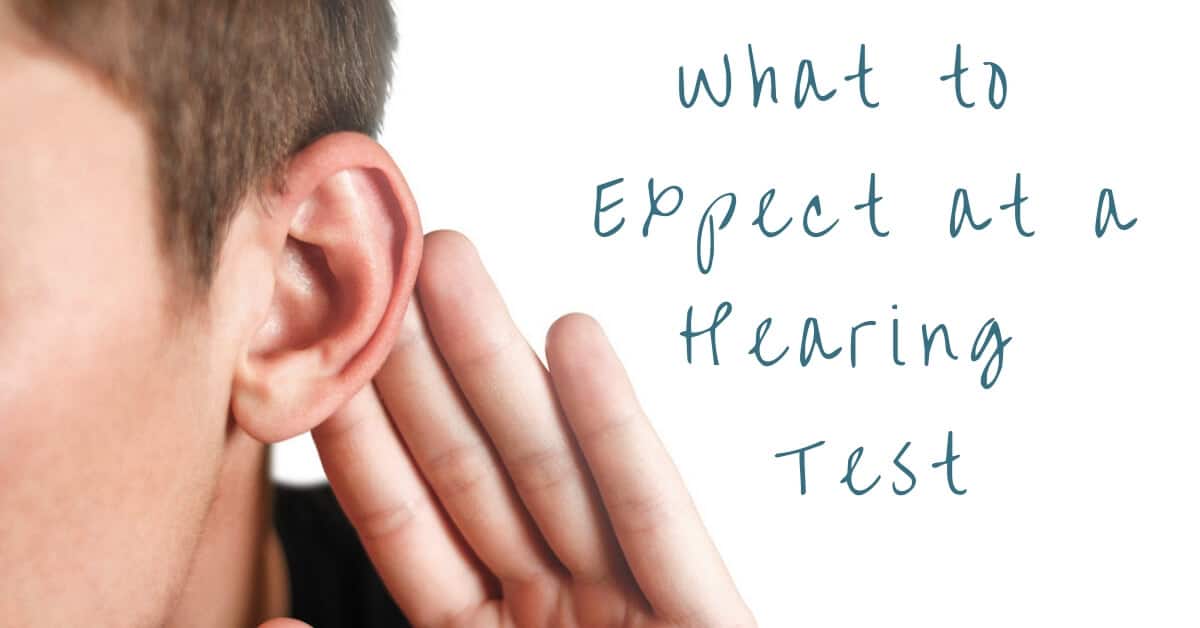- Everyday Sounds That May Be Making Your Tinnitus Worse - May 7, 2025
- The Hidden Dangers of Everyday Noise and How to Stay Safe - April 9, 2025
- World Hearing Day Serves as a Reminder to Prioritize Hearing Aid Maintenance - March 3, 2025
Congratulations on setting up your first hearing test! While you may be nervous about your appointment, there’s nothing to worry about. Hearing exams are a series of painless and non-invasive testing that delivers immediate information about your hearing health. A hearing exam is the important first step towards hearing better. Want to know more about what to expect? Read on to learn about how we conduct our hearing tests at Hearing Aid Services of Antioch.
Medical History
The first step in your hearing exam is a short interview and overview of your medical history. We’ll ask you about any specific issues or concerns that led you to getting a hearing test, and if you’ve noticed any recent changes in how you hear. We’ll also ask you for some information about your lifestyle and employment, to see if you are regularly exposed to hazardous levels of noise. Another part of your hearing health history is going over medications you are taking, some of which may have side effects that cause hearing damage.
A review of your medical history helps us find the underlying causes of a hearing issue, and it can also point the way towards the best course of treatment.
Physical Exam
Before we test your hearing ability, we’ll perform a non-invasive examination of your ears. Your hearing specialist will look into your ear using a handheld tool called an otoscope. The otoscope lights the ear canal so signs of infection, impacted earwax and other physical obstructions can be detected. If issues are found in your ear canal, your hearing specialist can help you resolve them. Many problems detectable in the ear canal can be treated with medication, cleaning, or removal of obstructions and associated hearing difficulties can be corrected.
Hearing Tests
After the physical exam, you will be set up in a quiet and soundproof space for your hearing exam. Wearing headphones, you’ll be asked to indicate whenever you hear a tone played into your ear. The tones played will be different frequencies and played at different volumes. This test is called “pure tone audiometry” and it will map the sounds you do hear and the ones you do not hear to analyze where hearing challenges exist for you. Using this test, we can see specific frequencies of sound you may struggle with as well as the different hearing patterns of each ear independent from the other.
While the mechanics of the pure tone hearing exam are simple, it can tell us a lot about whether you have significant hearing loss, and help us plot a course of treatment. If your hearing specialist has other concerns about how you hear, different sorts of hearing exams may also be employed for a more nuanced test of your hearing.
To better test the way you comprehend speech, a test called “speech audiometry” may be used where you will be asked to repeat words and phrases spoken by different voices. You will be evaluated for accuracy in what you repeat.
Tympanometry is another test that uses a small earplug to test the performance of your eardrum. These tests are employed with observing the reaction the eardrum has to sounds and pressure changes to test its reflexes. Conduction tests may be performed with tuning forks to test the functioning of the small middle ear bones.
Understanding the Results
The result of your pure tone audiometry test will produce a graph called an “audiogram” that your hearing specialist will use to detect hearing loss. The graph charts a line for each ear that maps the volume threshold at which your hearing can detect different frequencies.
If hearing loss is present, an audiogram will indicate the degree of hearing loss occurring based on the quietest volume at which your ears can detect sound. For people with normal hearing this is 0-25 decibels (dB).
Mild hearing loss means your hearing ability falls in the range of 26-40 dB. Moderate hearing loss occurs from 41-70 dB. Severe hearing loss is in the range of 71-90 dB. Hearing loss greater than 91 dB is considered profound hearing loss.
While permanent hearing loss can’t be reversed, it can be effectively managed with hearing aids and other assistive devices. If your test indicates you have some degree of hearing loss, our team at Hearing Aid Services of Antioch will help you navigate what treatment may be the best option for you.
Are you ready to take a hearing test? Contact us at Hearing Aid Services of Antioch today to set up an appointment.

